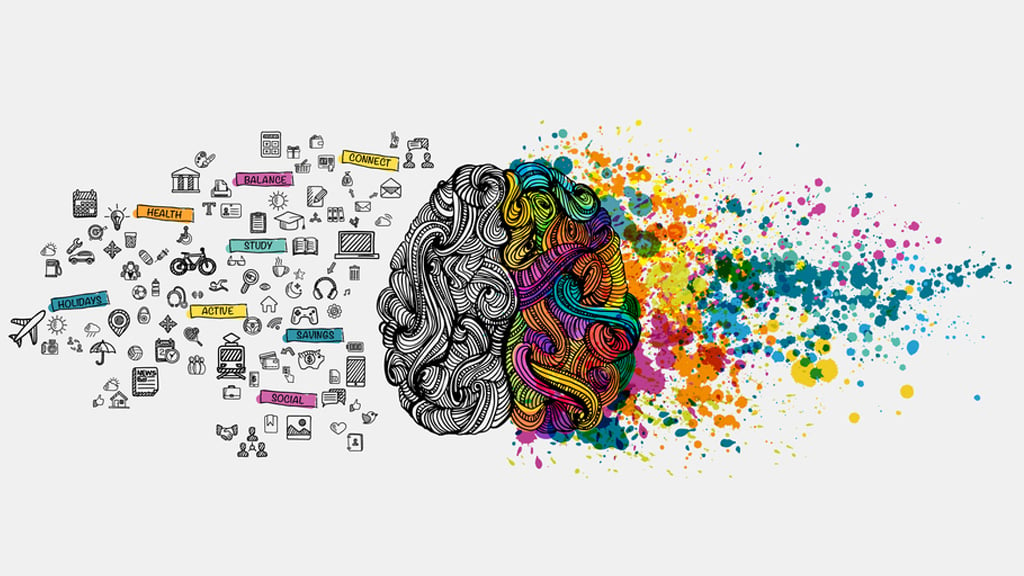Introduction
The concept is simple: running picking up the pace, higher than walking by removing both feet from the floor successively with optimum speed. Many of us have run before either for work, sport or exercise. But have you ever even questioned: when was running created in the first place. This understanding of running, while giving us a glimpse back into the history of man also shows its relevance and residual significance in our lives today.
Humans have been running for most of history from sprints to catch prey, long jaunts to get from place to place millennia over which the activity has groaned clarity control. Here, then is an examination of the history from this omnipresent activity.
The Origins of Running
Survival of Early Human Movements
Running itself wasn’t “invented” (it’s a natural human process) but rather adapted into a sport. It was nearly as old as our first stride around 2 million years ago when humans began to walk upright on two feet. On balance, Homo erectus and the other early hominines simply had to run as part of their survival toolkit. You needed it to hunt, gather and run away from predators.
There are a lot of scientists that think pre-historic humans were actually incredibly good distance runners. This versatility enabled them to participate in persistence hunting, a method where animals were pursued over long ranges until they became too tired to outrun their predators.
The Practice of Running as a Hunting Tool in the Early Age
Early man may have run for hours, sweating to cool down while chasing prey that would eventually overheat, anthropologists suggest. Alternatively, running was a survival necessity as much as it was mode of transportation likely one of the first human feats recorded in history.
Track and field in ancient civilizations
The Origins of Running in Egypt and Mesopotamia
As civilization established itself in places like Egypt and Mesopotamia, running evolved from a means of survival to an activity worthy of homage. Ceremonial racing Ancient artwork and inscriptions show how important speed, strength, and endurance as a way of competing were before. These events were not simply sporting occasions, but had significant religious and cultural import.
Running during Greek and Roman Times
Last not least, he has known in ancient Greece made a game of running and in so doing we began to run for competition. The first of the record Olympic Games in 776 B.C. featured a foot race called “station”, which was sprinting over 600 feet or so. The ancient Greeks considered running the perfect test of fitness and honor. Likewise, Romans held runners in high regard as well (though their society valued military training over sport).
Tracing back to Religious and Cultural Norms
Ancient Rituals and Ceremonies with Running
In addition to as a exercise running was also integrated into spiritual in addition to religious ceremonies. Running was seen among many civilizations as a way to pay homage to the gods, trains good faith, and also showcase him or her own power. Several Native American tribes, for example, conducted ceremonial runs as a medium to connect with the spiritual world.
The Marathon Origin: An Ancient Greek Myth
One of the most famous running tales goes back to Greece, when a messenger (Pheidippides) ran 26 miles from Marathon battlefield into Athens carrying news of their victory in war with Persia. The tale of Pheidippides inspired the modern marathon race; introduced in the first Olympic Games of 1896.
History of Running as a Sport
The First Distances raced competitively
Running is culture that was born 3000 years ago, but to be honest, running as a sport evolved only centuries later. In the course of human civilization, societies have risen and fallen; power changed hands in numerous generations…but somewhere deep within our blood streams runs an insatiable desire for organized competition. Foot races were common in village fairs and celebrations during medieval Europe, but this was nowhere near formalized competition.
Development of Organized Foot Racing
Organized running competitions began to mimic modern day athletic events in the 19th century. England was the country which predominantly helped in formulating running as sport with a setup of running clubs and setting rules for racing different distances.
Running in the middle Ages
Dying Running Competitions
In Europe, the decline of organized footraces dropped off through the middle Ages. But, informal races remained alive in a number of societies and people were continued to run during the military preparation or country traditions.
The Cultural Practices that Kept Running Going
Without organized competition, running still played a central role in many cultures. For example, running was still used in spiritual ceremonies among Native American and African cultures; it did not have much of a survival value on the day-to-day.
The Renaissance of Running
Revival of Interest in the 19th Century
Running’s Big Change: The Industrial Revolution With the expansion of cities and sedentary lifestyles people started to realize that running was good for our health. In addition to the amateur elitism, running was in danger of becoming an exclusive-and segregated-sport… by all reports (and for most practical purposes) competitive foot racing and distance running were virtually a white man’s sport.
Marathon Races throughout the Ages
When the marathon was re-introduced at the Olympic Games in 1896, this spurred global interest with long distance running. This coupled with the boom of amateur athletics served as a breeding ground for our current running culture.
Modern Olympics Running
The Running Events at the Olympics
From the inception of the modern Olympic Games, running events have always been a staple. Currently, Olympic running comprises a varied group of events from the 100 meters to the marathon.
History / evolution of Track and Field Competitions
In the course of time, track and field running events have developed with respect to their format as well as subject matter; nowadays they include new types like hurdling, steeplechase or relay races.
The Global Spread of Running
A Globalized Run Crowd
That changed by about midway in the 20th century (though it took a few more decades for running to go completely viral). Running clubs formed, competitive races emerged and recreational jogging grew to be a popular form of exercise on continents all over the world.
20th Century Running Boom
Rise of Recreational Running
However, the 1970s saw a huge running explosion and this was never truer in America. This was part of the dawn of popular running, in which regular people ran for fitness, fun and health. Running was the cause célèbre of magazines, books and even television shows.
The Impact of Running Shoes & Apparel Technology
A second factor was improvements in running shoes and apparel. Brands such a Nike; some of the shoe they built were meant strengthen performance, decrease injuries and slow down decay in running by providing natural gait to maximum demographic.
Modern Fitness Culture Running

Health & Wellbeing: together we offer running solutions
Even today running is considered as one of the most popular fitness activity widely practiced across world
The Rise of Marathons and Ultra-Marathon DC Trends
To the general public, marathons connoting grit and perseverance are one thing; ultra-marathons (any race longer than 26.2 miles) are another ballgame entirely: for a small but committed cult of long-distance runners in search of ultimate tests ultimate test themselves
Running Tech Advances
How Modern Technology Has Affected Our Running Performance
The way we run has changed with technology. Today’s technology, i.e., running watches/stride monitors with GPS and wearable fitness devices, offers runners the means to measure their progress accurately. These tools are used to help maximize training, enhance performance and minimize the risk of injuries.
Wearables, Tracking Technologies and Data Analytics.
Running has become more of a social and interactive experience with the likes of Starve & Nike Run Club allowing runners to share their runs, goals as well as track improvements through data analytics. The incorporation of technology to into running has helped us keep motivated and social.
The Future of Running
Trends in Running Culture
Virtual races, trail running and a green initiative mark new trends in our sport as we move into the 2020s for more sustainable future. Meeting the demand for versatility, thrill & respect to nature.
Who says virtual races are where you go to die?
The increase in popularity of Virtual Races, especially after the COVID-19 pandemic initiated new opportunities with participation. Virtual races remove barriers like travel and time constraints runners from anywhere in the world can compete.
Conclusion
And the incredible proliferation has a lot to do with this: running — one of our species’ oldest modes of travel, from pre-historic hunting style to global pastime. Its trajectory reflects the evolution of human civilization, adapting as people have changed culturally and technologically for millennia. From fitness, to competition or just for fun running is a sport that has and will forever continue to captivate people worldwide.
FAQs
- When was running created?
Running was not actually “invented” but has been a natural human movement for more than 2 million years since our ancestors started to walk on two legs.
- Why did early humans run?
In the beginning, humans ran across land out of necessity whether to hunt for game, gather food or flee predators.
- How did a running race develop into a sport?
The Spartans were said to have run races as part of their military preparation, and running was a sport in ancient Greece (776 BC) station being the distance.
- So, what all are the new things in running technology today?
Runners today have GPS watches, fancy fitness apps and wearable technology that help to predict performance and you look back at 1976 they had none of those benefits.
Stay in touch to get more updates & news on Baddiehub



